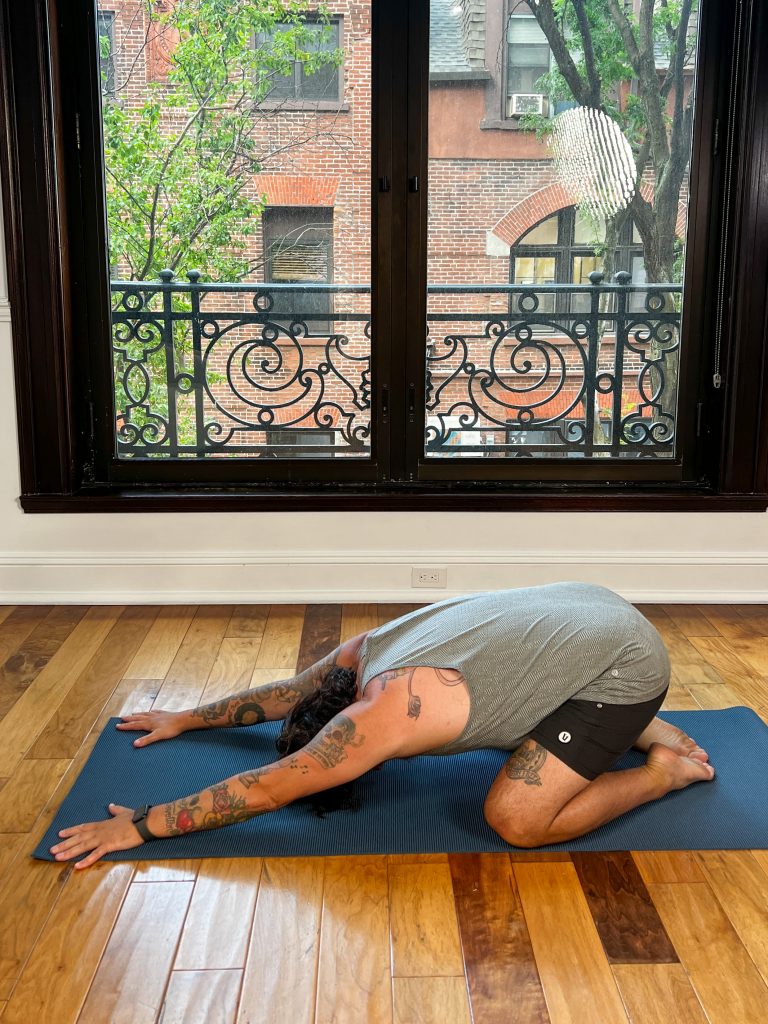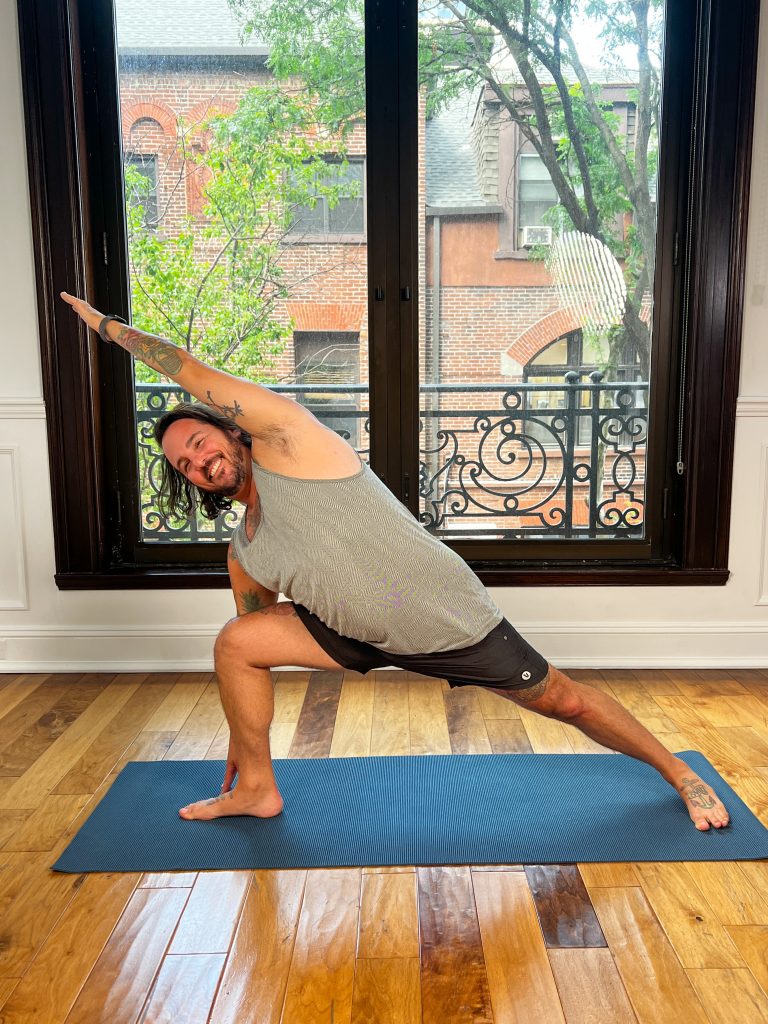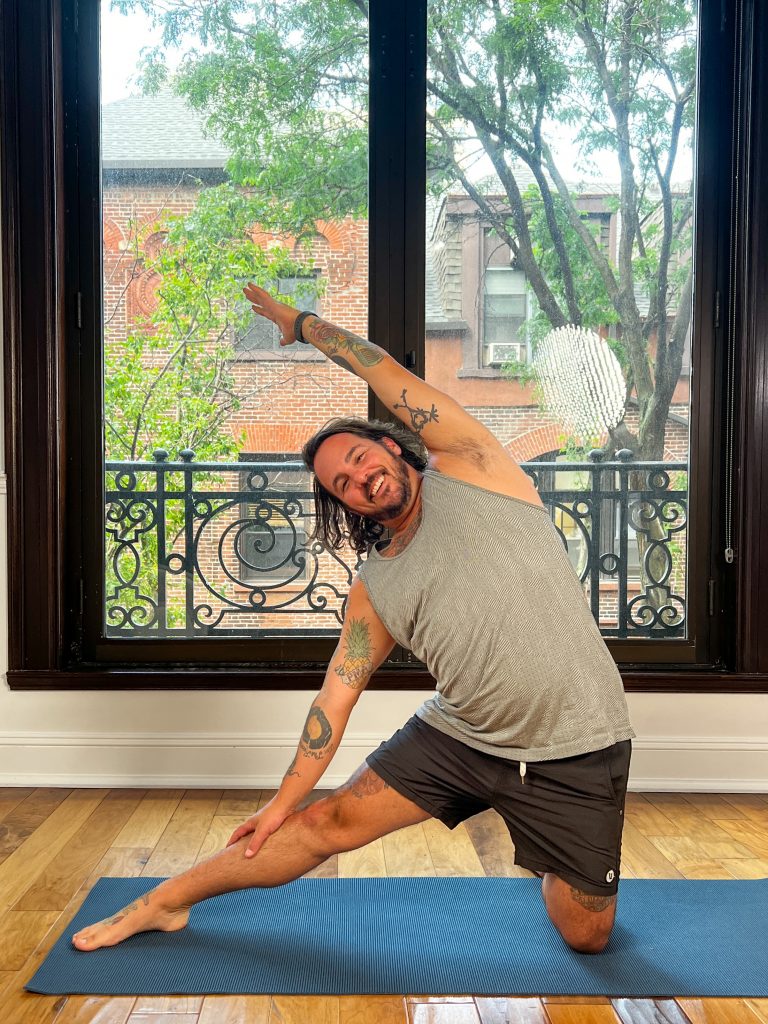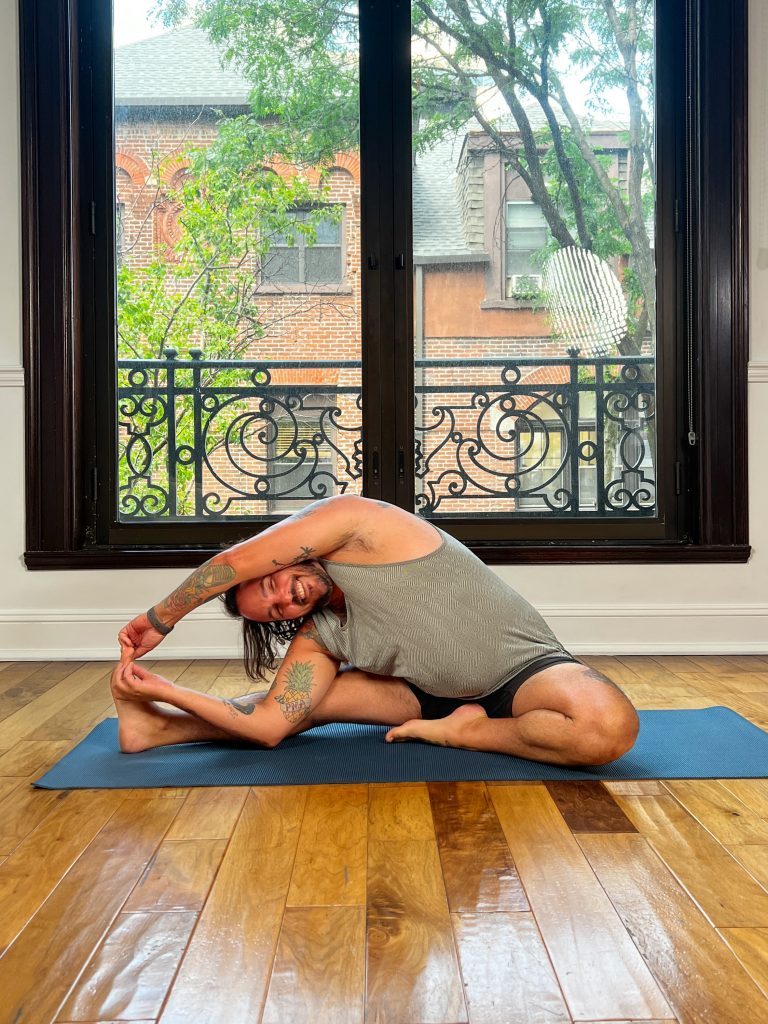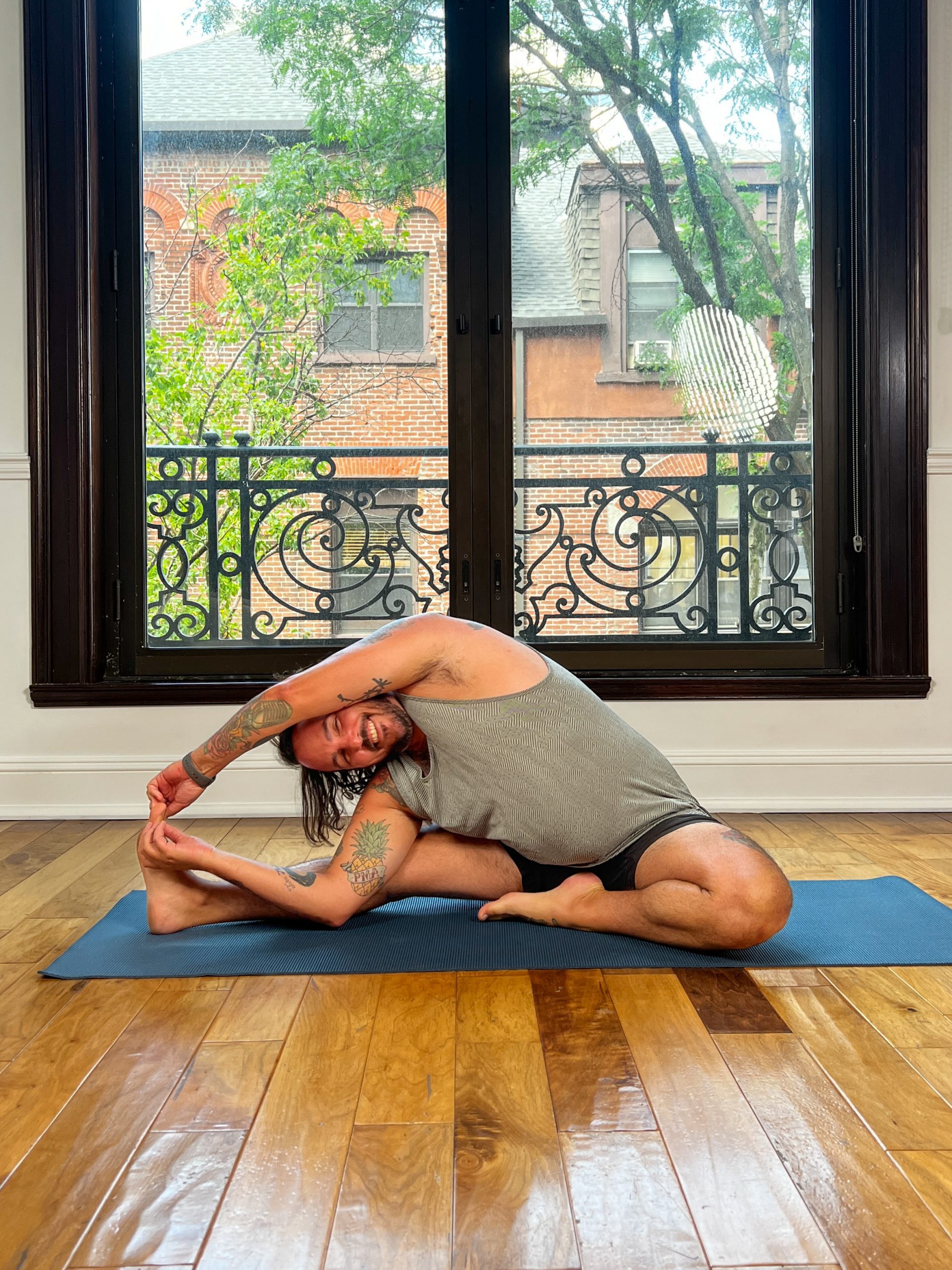
“It is through the alignment of the body that I discovered the alignment of my mind, self, and intelligence.” — B.K.S. Iyengar, Light on Life
There are many reasons people decide to begin their yoga journey. Some seek out yoga because they have back pain and want to gain more strength and flexibility in their bodies. Others seek out yoga because they hear it is relaxing and can help them handle stress. Some students start their yoga practice once they become pregnant because it can help with the birthing process. The point is that yoga has a wide variety of benefits which is also why so many people come to yoga for different reasons.
Ultimately, whichever path you choose to arrive on your mat is leading to the same place: a union between body, mind, and spirit, that once achieved, provides equanimity and harmony to the practitioner. This equanimity and harmony of body, mind, and spirit is the state of yoga.
In addition to the many different reasons students come to yoga there is also a variety of practices that can help students achieve this union. Some use meditation, some breathing techniques, and others the physical postures, which are called Asanas. There are benefits to each but the practice of the postures has the added physical bonus that are often easier to track for new students. A consistent physical practice can lead to greater flexibility and strength in a relatively short amount of time. This is why the practice of asana is a great entry point for many new practitioners. The only tool you need to start an asana practice is your body and a commitment to practice. Over time, with consistent practice, those physical benefits are often supplemented by additional benefits such as better sleep, less stress, and an overall feeling of peacefulness of body and mind.
After all, as B.K.S. Iyengar has stated “It is through the alignment of the body that I discovered the alignment of my mind, self, and intelligence.”
Child’s Pose (Bālāsana)
How to:
- Start on your hands and knees, toes untucked.
- Bring your big toes to touch and your knees as wide as your mat.
- Sit back, bringing your sit-bones to your heels.
- Walk your arms all the way out, about shoulder width apart, planting your palms & keeping your elbows lifted.
- Let your forehead come to the mat.
- As you inhale, lengthen from your outer hips to pinky fingers, as you exhale, maintain the extension of your torso and arms as you anchor your hips to your heels.
Extended Side Angle (Utthita Parsvakonasana)
How to:
- Start in tadasana (mountain pose).
- Step or jump your feet 4 to 4 ½ feet apart, feet parallel to the edges of your mat.
- Extend your arms out to the sides at shoulder height, palms facing down.
- Turn your right foot out 90 degrees, and your left foot in slightly (about 10 degrees).
- Bend your right knee until it is over your right heel so your right thigh is parallel to the floor, keep the back left leg straight and firm around the kneecap.
- Extend your right side body along your right thigh and place the right palm outside the right ankle on the floor or a block. The right armpit should align with the outer right knee.
- Extend the left arm over the left ear, palm facing down.
- As you inhale, lengthen from the back foot through the side body, towards the top hand. As you exhale, turn your trunk upward.
- Repeat on the other side.
Gate Pose (Parighasana)
How to:
- Start in rock pose, vajrasana, kneeling on the floor with your knees and ankles together, tops of the feet and ankles flat, and toes pointed backward.
- Keeping your feet, ankles, and shins flat, sit up and extend your right leg out to the side. Make sure your right heel is aligned with your left knee. Turn the right foot and plant the sole of your right foot flat on the mat.
- Extend your arms out to the sides at shoulder height, palms facing down.
- Extend your right side body over your right leg and place your right hand on your right shin.
- Extend the left arm over the left ear, palm facing down.
- As you inhale, lengthen your side body and your top arm through your fingertips. As you exhale, turn your trunk upward
Repeat on the other side.
Our Peak Pose: Revolved Head to Knee Pose (Parivrtta Janu Sirsasana)
How to:
- Start seated on the floor in Dandasana, staff pose, with your legs extended out in front of you.
- Bend the left knee and move it to the left, taking the top of your left shin, ankle, and foot to the floor. The left heel should line up with the pubic bone.
- Extend your right side body along your right thigh turning your right arm, wrist, and thumb toward the floor. Grab the big toe side of your right foot with your thumb facing down and pinky facing upward.
- Extend the left arm over the left ear, grab the pinky toe side of the foot with the left arm, thumb facing down and pinky facing upward.
- As you inhale, lengthen your torso through the crown of your head. As you exhale, bend your elbows and turn your trunk.
- Repeat on the other side.


